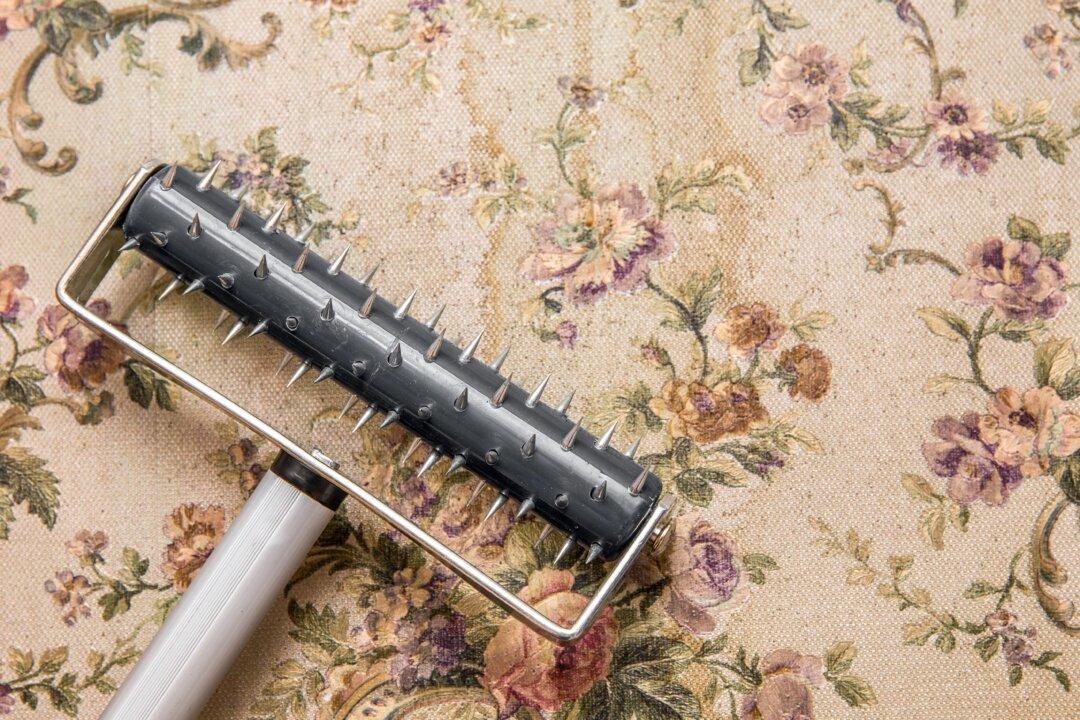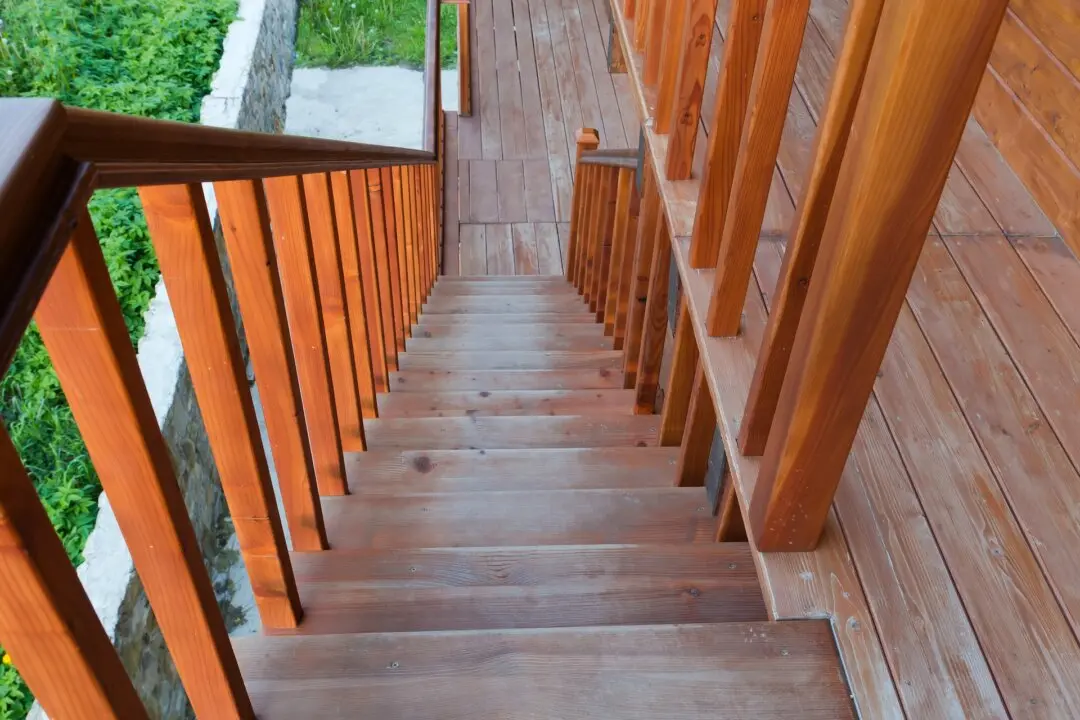Dear James: We are remodeling our house and will remove the wallpaper. Some is that difficult shiny type. What are tips to remove it without damaging the drywall? —Jeremy H
Dear Jeremy: Wallpapering is less popular than it used to be. One of the major reasons is the difficulty in changing the decor in the future. It’s much easier to just repaint. For more decorative walls, faux painting is becoming much more popular.





